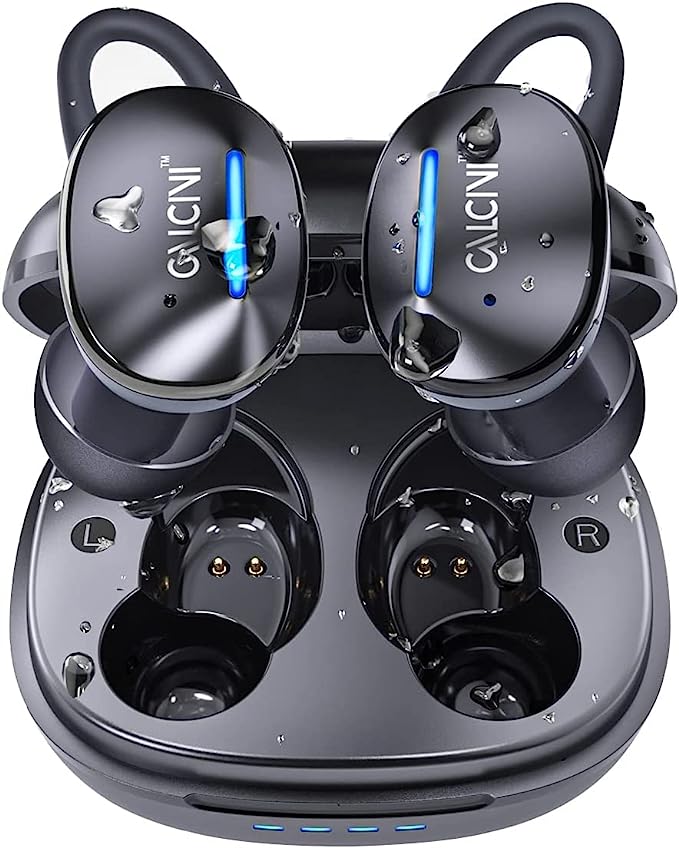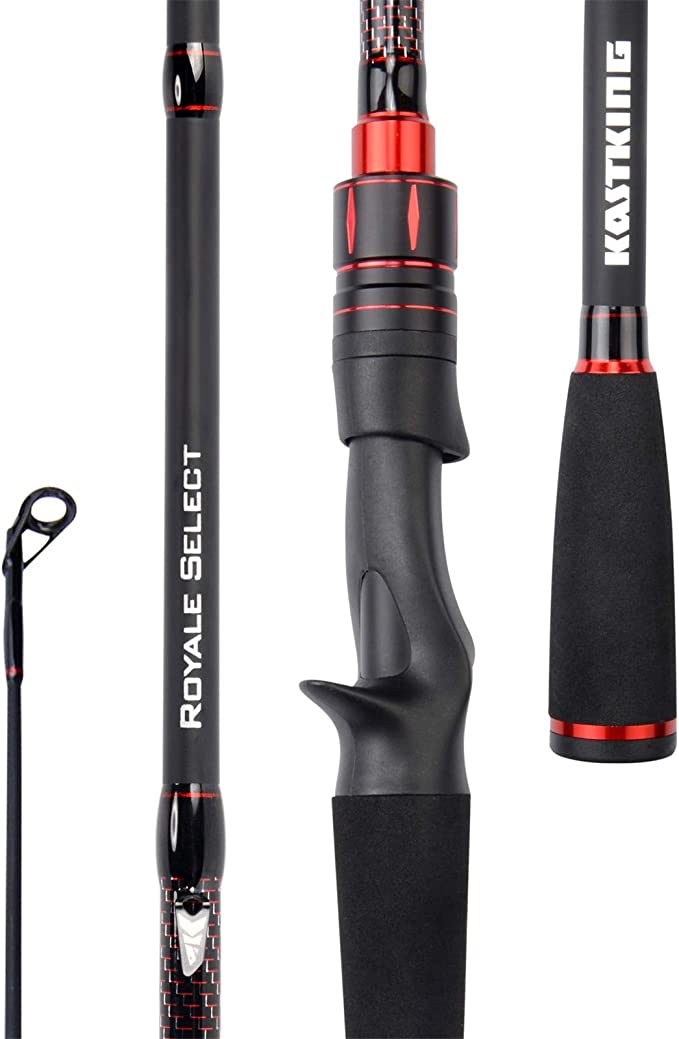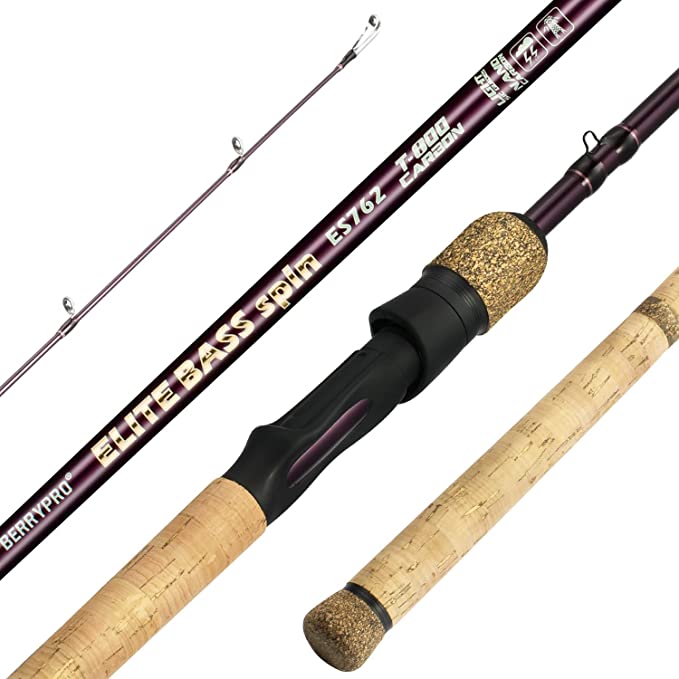OAE TG-6000W48V Hybrid Solar Inverter: Power Your Off-Grid Life with Clean Energy
Update on March 6, 2025, 4:28 a.m.
The desire for energy independence is stronger than ever. Whether it’s the security of backup power during grid outages, the freedom of off-grid living, or the commitment to a sustainable lifestyle, renewable energy solutions are becoming increasingly popular. A crucial component of these systems is the hybrid solar inverter, a device that seamlessly manages power from various sources. This article will explore the inner workings of hybrid inverters, focusing on the OAE TG-6000W48V as a prime example.

Under the Hood: Demystifying Hybrid Inverter Technology
At its core, a hybrid solar inverter performs several critical functions. It converts Direct Current (DC) electricity generated by solar panels or stored in batteries into Alternating Current (AC) electricity used by most household appliances. It also manages the charging of batteries from solar panels or an AC source (grid or generator) and automatically switches between these power sources based on availability and user-defined settings.
DC to AC Conversion: How Inverters Work
Solar panels produce DC electricity. However, most homes and appliances run on AC electricity. The inverter’s primary job is to convert this DC power into usable AC power. This is accomplished through a process called inversion, which uses electronic switches (typically Insulated-Gate Bipolar Transistors, or IGBTs) to rapidly switch the DC voltage back and forth, creating an AC waveform.
Waveform Quality: Pure Sine Wave vs. Modified Sine Wave
The quality of the AC waveform produced by an inverter is crucial. There are two main types: modified sine wave and pure sine wave. Modified sine wave inverters are simpler and cheaper, but they produce a choppy, square-like waveform. This can cause problems with some sensitive electronics, such as computers, TVs, and appliances with motors, leading to inefficient operation, overheating, or even damage.
Pure sine wave inverters, like the OAE TG-6000W48V, produce a smooth, sinusoidal waveform that closely mimics the electricity supplied by the utility grid. This ensures the safe and efficient operation of all AC appliances, including sensitive electronics. The clean power provided by a pure sine wave inverter also reduces the risk of interference and noise in audio and video equipment. This difference is created through a technique called Pulse Width Modulation, or PWM. The inverter’s control circuits quickly adjust the width of the pulses of voltage. By precisely controlling these widths, the inverter can synthesize a near perfect Sin wave.
MPPT: Maximizing Solar Panel Output (A Deeper Dive)
Solar panels have a specific voltage and current combination at which they produce their maximum power. This “maximum power point” (MPP) varies depending on factors like sunlight intensity and temperature. A Maximum Power Point Tracking (MPPT) controller is a sophisticated circuit that constantly monitors the solar panel’s output and adjusts the operating voltage and current to ensure the panels are always operating at their MPP.
How does it do this? Several algorithms are used, but two common ones are:
- Perturb and Observe (P&O): This method involves making small adjustments (perturbations) to the operating voltage or current and then observing the effect on the output power. If the power increases, the controller continues adjusting in the same direction. If the power decreases, it reverses direction.
- Incremental Conductance: This method uses the instantaneous conductance (current divided by voltage) and the incremental conductance (change in current divided by change in voltage) of the solar panel to determine the MPP.
The OAE TG-6000W48V boasts an MPPT tracking efficiency of up to 98%, meaning it can extract nearly all the available power from your solar panels.
PWM vs. MPPT: Understanding the Efficiency Difference
Older or less expensive solar charge controllers often use Pulse Width Modulation (PWM) technology. While simpler and cheaper, PWM controllers are significantly less efficient than MPPT controllers. A PWM controller essentially connects the solar panels directly to the battery, forcing the panels to operate at the battery’s voltage, which is often below the panels’ MPP. This can result in a significant loss of potential solar energy, especially in conditions with varying sunlight or temperature.

The OAE TG-6000W48V: A Closer Look
The OAE TG-6000W48V hybrid solar inverter combines the technologies discussed above into a single, powerful unit. Let’s examine its key features and their practical benefits:
Key Features and Practical Benefits
- 6000W Continuous Power/18000W Surge: This rating indicates the inverter can continuously deliver 6000 watts of power, with a surge capacity of 18000 watts for short periods. This surge capability is crucial for starting appliances with motors, such as refrigerators, air conditioners, and pumps, which require a large initial current draw.
- 48V DC Input: This inverter is designed to work with a 48V battery bank. Higher voltage systems (like 48V compared to 12V or 24V) are generally more efficient for larger power applications.
- Built In 100 AMP MPPT Controller: Provides high efficiency conversion of solar energy to battery.
- AC Battery Charging: Allows the user to charge batteries via AC power source, like a grid or generator.
- Automatic Transfer Switch: Quickly, and seamlessly, switches between power sources.
Split-Phase Output: 120V/240V Explained
In North America, many homes use a split-phase electrical system. This system provides both 120V and 240V AC power. 120V is used for most standard outlets and lighting, while 240V is used for high-power appliances like electric dryers, ovens, and air conditioners. The OAE TG-6000W48V’s split-phase output (HOT1+N+G=120Vac (3000W), HOT2+N+G=120Vac (3000W), HOT1+HOT2+N+G=240Vac (6000W) ) provides both voltages simultaneously, allowing you to power a wide range of appliances.
Operating Modes: Adapting to Your Energy Needs
The TG-6000W48V offers five distinct operating modes, providing flexibility for various scenarios:
- AC/Line Priority Mode: This mode prioritizes power from the utility grid (or a generator connected to the AC input). The inverter will use grid power to supply your loads and charge the batteries. If the grid fails, the inverter automatically switches to battery power.
- Battery Priority Mode: This mode prioritizes power from the batteries. The inverter will only switch to grid power if the battery voltage drops below a user-defined threshold. When the battery voltage recovers (e.g., through solar charging), the inverter switches back to battery power.
- ECO Mode: This energy-saving mode is designed to minimize power consumption. The inverter will automatically shut down if the load is below 10% of its rated power and restart when the load exceeds 10%.
-
Generator Mode: This mode is specifically designed for use with generators. Generators can sometimes produce unstable voltage or frequency. The inverter’s built-in Automatic Voltage Regulator (AVR) helps to stabilize the generator’s output, providing clean and reliable power to your appliances.
-
Unattended Mode: This mode provides automatic operation for off-grid systems. When the battery voltage is low, the inverter enters a standby mode to conserve energy. When the battery voltage recovers (e.g., through solar charging), the inverter automatically resumes normal operation.
Generator Input: Addressing a Potential Concern:
One user review mentioned difficulty charging from a 13kW generator. This issue is likely due to one or more of the following factors:
- Generator Output Quality: Some generators, especially older or less expensive models, may not produce a clean sine wave output or may have unstable voltage or frequency. The TG-6000W48V’s generator mode is designed to handle some instability, but a very poor-quality generator may still cause problems. The inverter might be rejecting the power source to protect itself and the connected loads.
- Inverter Overload: Even a 13kW generator may not be sufficient to power the inverter at its full 6000W output while simultaneously charging the batteries at a high rate. The user may have been attempting to draw too much power, causing the inverter to shut down.
- Wiring Issues: If the generator isn’t wired correctly to the inverter, it could cause problems with voltage levels and prevent charging.
- Inverter Settings: The AC charging current may have been set too high. The TG-6000W48V allows you to adjust the AC charging current from 0% to 100% (with 100% being 35A). If the charging current is set too high, the generator may not be able to keep up.
- Low Frequency Inverter Considerations: As a low-frequency inverter, it has different requirements than high-frequency inverters.
It’s important to consult the generator’s specifications and ensure it’s compatible with the inverter and capable of providing the required power and output quality. Lowering the AC charge current setting on the inverter might resolve the issue.

Beyond the Inverter: Building a Complete System
Choosing the right hybrid inverter is just one step in building a complete off-grid or backup power system. You’ll also need:
Battery Choices: Lead-Acid vs. Lithium
The OAE TG-6000W48V is compatible with various battery types, including:
- Sealed Lead-Acid (SLA), Gel, AGM, Flooded: These are traditional lead-acid battery types. They are generally less expensive than lithium batteries but have a shorter lifespan, lower depth of discharge (DoD), and lower energy density.
- Lithium Iron Phosphate (LiFePO4): These are a type of lithium battery that offers several advantages over lead-acid batteries, including longer lifespan, higher DoD, higher energy density, and better safety. However, they are also more expensive.
The choice of battery type depends on your budget, energy needs, and desired lifespan.
Sizing Your System: Matching Capacity to Load
Proper system sizing is crucial for optimal performance. You need to determine your energy needs (in watt-hours) and choose an inverter and battery bank that can meet those needs.
- Calculate Your Load: List all the appliances you want to power and their wattage. Note the starting wattage (surge) for appliances with motors.
- Determine Daily Energy Consumption: Estimate how many hours per day each appliance will run. Multiply the wattage by the hours of use to get watt-hours (Wh) per day.
- Choose Inverter Size: The inverter’s continuous power rating should be higher than the total wattage of the appliances you’ll run simultaneously.
- Calculate Battery Capacity: Determine how many hours (or days) of backup power you need. Multiply your daily energy consumption (Wh) by the number of days of autonomy to get the total required battery capacity. Consider the battery’s depth of discharge (DoD) – the percentage of the battery’s capacity that can be used without damaging it. For example, a 100Ah battery with a 50% DoD has a usable capacity of 50Ah. You’ll need to factor this into your calculations. Also, remember the TG-6000W48V is a 48V system, so your battery bank needs to be configured to provide 48V.
Understanding Surge Power and Inductive Loads
As mentioned earlier, appliances with motors (like refrigerators, air conditioners, pumps, and power tools) require a large surge of power to start. This starting wattage can be several times higher than the appliance’s running wattage. The OAE TG-6000W48V’s 18000W surge rating allows it to handle these high inrush currents. It’s crucial to consider the surge requirements of all your appliances when sizing your system. If the combined surge demand exceeds the inverter’s surge rating, the inverter may shut down or be unable to start the appliances.
Safety Considerations: Protection Features
The OAE TG-6000W48V includes several protection features to ensure safe and reliable operation:
- Battery Low Voltage Alarm/Shutdown: Protects the batteries from over-discharge.
- Battery High Voltage Alarm/Shutdown: Protects the batteries from overcharging.
- Over-Temperature Protection: Shuts down the inverter if it overheats.
- Overload Protection: Shuts down the inverter if the load exceeds its capacity.
- Short Circuit Protection: Protects the inverter from damage due to short circuits.
These features are essential for protecting both the inverter and your connected equipment. Always follow proper wiring and grounding practices, and consult a qualified electrician if you are unsure about any aspect of the installation.
Real-World Applications
The OAE TG-6000W48V is a versatile inverter suitable for a variety of applications:
Home Backup Power
Power outages are becoming increasingly common. The TG-6000W48V, combined with a battery bank and (optionally) solar panels, can provide seamless backup power for your essential appliances during a grid outage. You can keep your lights on, refrigerator running, communication devices charged, and even power critical medical equipment. The automatic transfer switch ensures a smooth transition to battery power when the grid fails.
RV and Mobile Living
For those who enjoy life on the road, the TG-6000W48V offers a reliable and convenient way to power your RV or mobile home. You can run your air conditioner, microwave, TV, and other appliances without relying on noisy and polluting generators (although the TG-6000W48V can integrate with a generator if needed). The compact size (14.2”L x 6.9”W x 20”H) makes it suitable for mobile applications.
Off-Grid Cabins and Workshops
If you have a remote cabin, workshop, or other off-grid property, the TG-6000W48V can be the heart of a completely independent power system. Combined with solar panels and a battery bank, it can provide all the power you need, freeing you from reliance on the utility grid. The multiple operating modes allow you to optimize your energy usage based on your specific needs and resources. You can prioritize solar power during the day, store excess energy in the batteries, and use battery power at night or during cloudy periods.
Conclusion: Embracing Energy Independence
The OAE TG-6000W48V hybrid solar inverter represents a significant step towards energy independence and a more sustainable future. By combining the benefits of solar power, battery storage, and grid connectivity (or generator backup), it provides a flexible and reliable power solution for a variety of applications. Understanding the underlying technology, from DC-AC conversion to MPPT and battery management, empowers you to make informed decisions and build a system that meets your specific needs. While this inverter offers many features, potential buyers should be aware of its limitations, such as the lack of remote monitoring and parallel operation. However, its robust design, comprehensive features, and competitive price point make it a compelling option for those seeking to take control of their energy future.







































